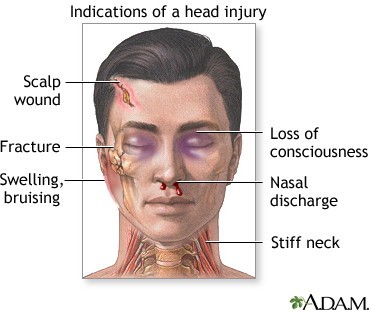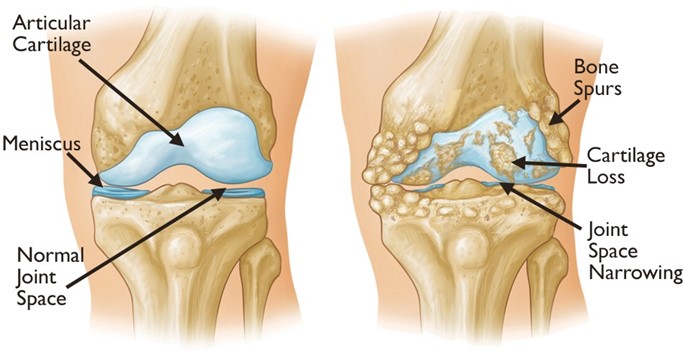A nurse in an urgent care centre is caring for a client who fell and injured her ankle. The ankle appears swollen and ecchymotic. Which of the following interventions should the nurse take? (Select all that apply)
Apply a compression bandage to the client's ankle.
Apply heat to the client's ankle.
Encourage range of motion of the client's foot.
Elevate the client's foot.
Check the client's toes for color, temperature, and sensation.
Correct Answer : A,D,E
These are the correct interventions that the nurse should take. Applying a compression bandage to the client's ankle can help reduce swelling and provide support to the injured area. Elevating the client's foot can also help reduce swelling by promoting venous return. Checking the client's toes for color, temperature, and sensation is important to assess for any potential nerve or vascular damage.
Applying heat to the client's ankle is not recommended as it can increase swelling and inflammation. Encouraging range of motion of the client's foot is also not recommended as it can cause further injury to the affected area.
Nursing Test Bank
Naxlex Comprehensive Predictor Exams
Related Questions
Correct Answer is A
Explanation
The nurse should report sudden sleepiness to the provider immediately if the client has a traumatic head injury. Sudden sleepiness can indicate an increase in intracranial pressure, which can be a life-threatening complication of a head injury.
Headache, diplopia, and slight ataxia are also important findings that the nurse should report to the provider. However, these findings are not as urgent as sudden sleepiness. Headache can be a common symptom following a head injury. Diplopia is double vision and can indicate cranial nerve damage. Slight ataxia is unsteadiness or lack of coordination and can indicate neurological damage.

Correct Answer is C
Explanation
The nurse should anticipate that the provider will initially prescribe acetaminophen to the client who has a new diagnosis of osteoarthritis. Acetaminophen (Tylenol, others) has been shown to help some people with osteoarthritis who have mild to moderate pain². It is often used as a first-line treatment for osteoarthritis pain.
a. Hyaluronic acid is not typically the first medication prescribed for osteoarthritis.
b. Ibuprofen may be prescribed for osteoarthritis but is not typically the first medication prescribed.
d. Celecoxib may be prescribed for osteoarthritis but is not typically the first medication prescribed.

Whether you are a student looking to ace your exams or a practicing nurse seeking to enhance your expertise , our nursing education contents will empower you with the confidence and competence to make a difference in the lives of patients and become a respected leader in the healthcare field.
Visit Naxlex, invest in your future and unlock endless possibilities with our unparalleled nursing education contents today
Report Wrong Answer on the Current Question
Do you disagree with the answer? If yes, what is your expected answer? Explain.
Kindly be descriptive with the issue you are facing.
